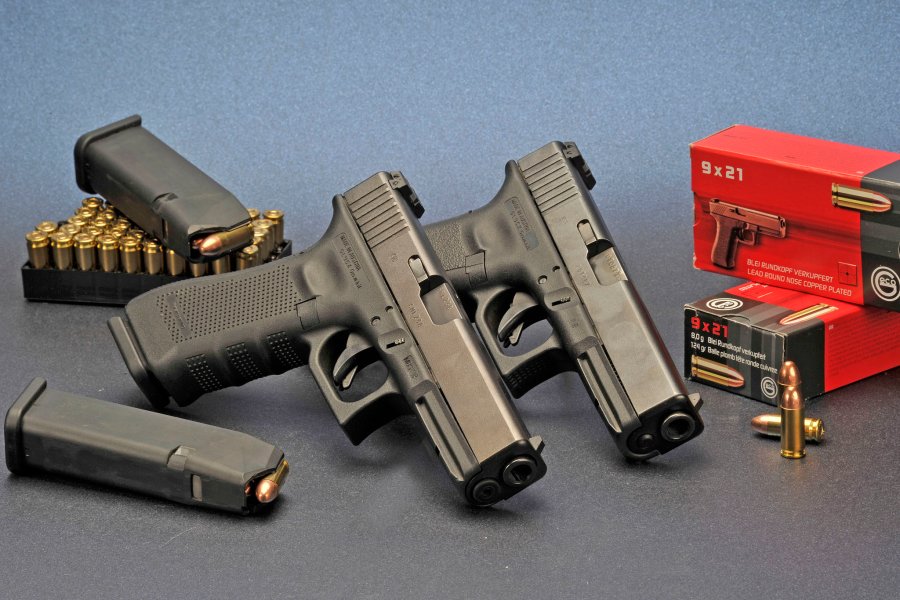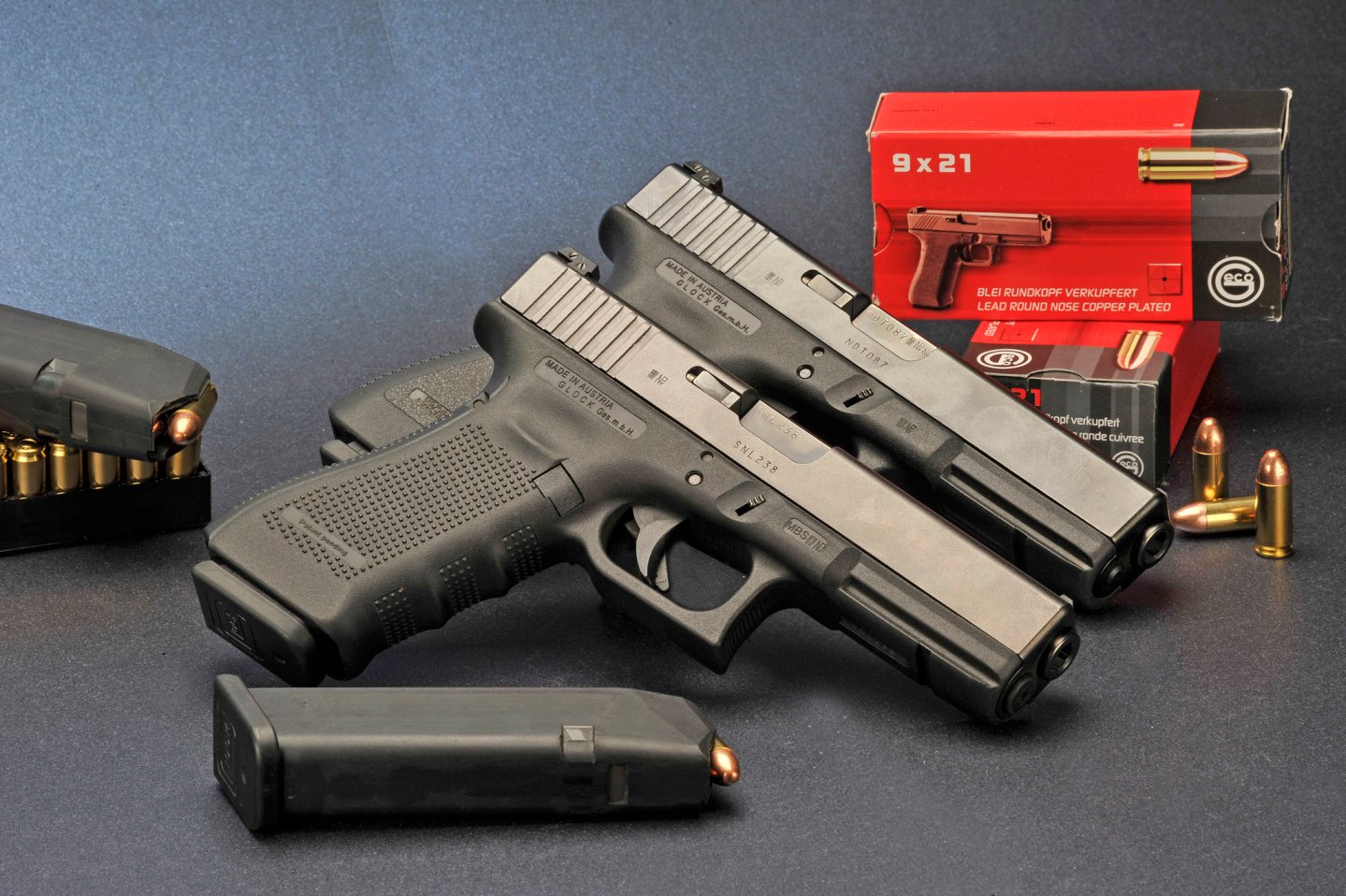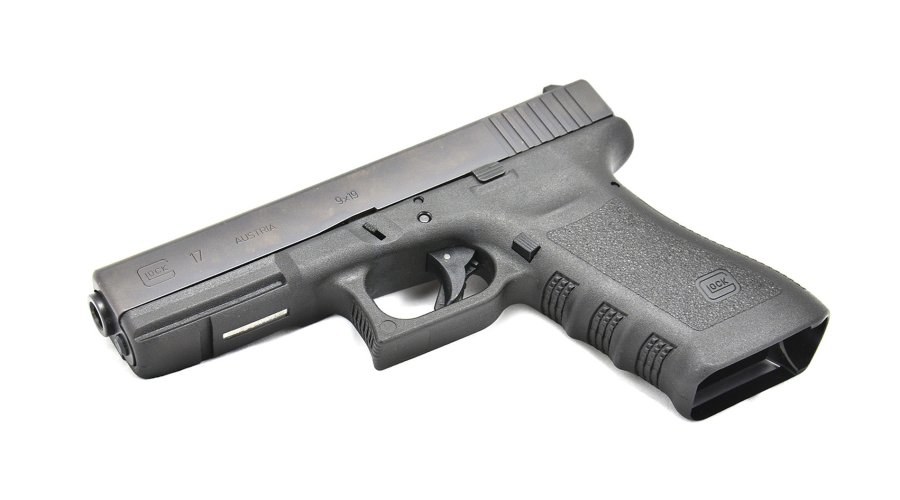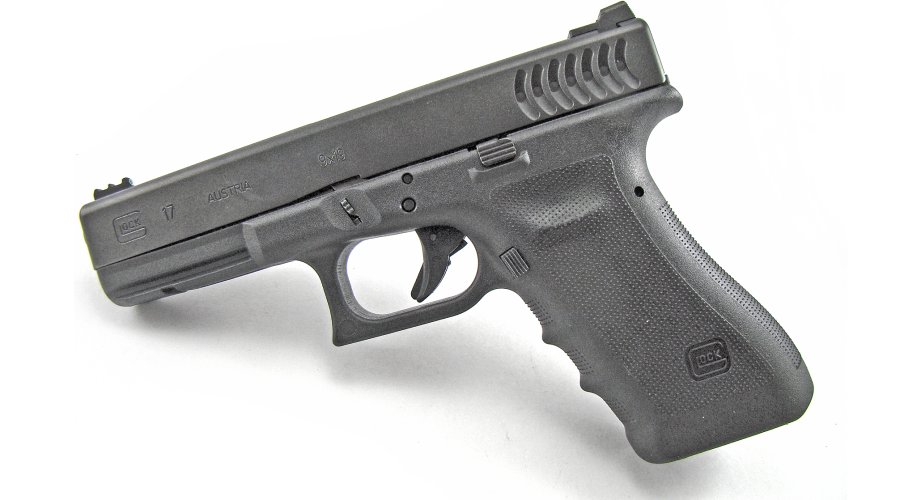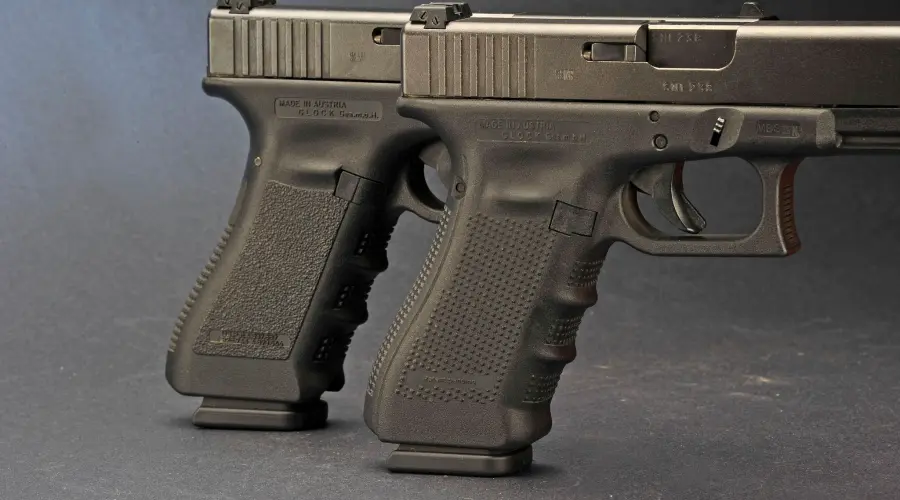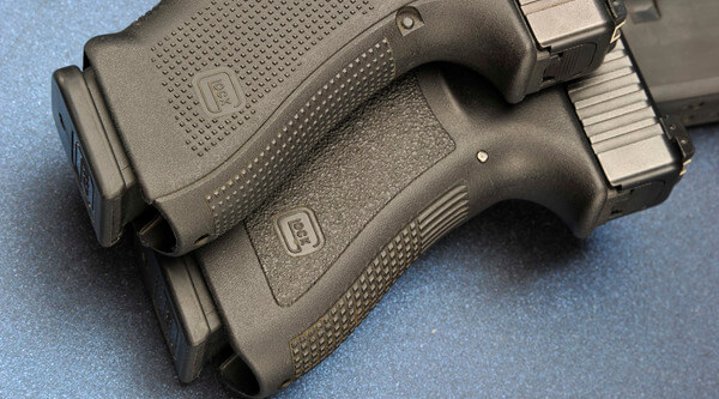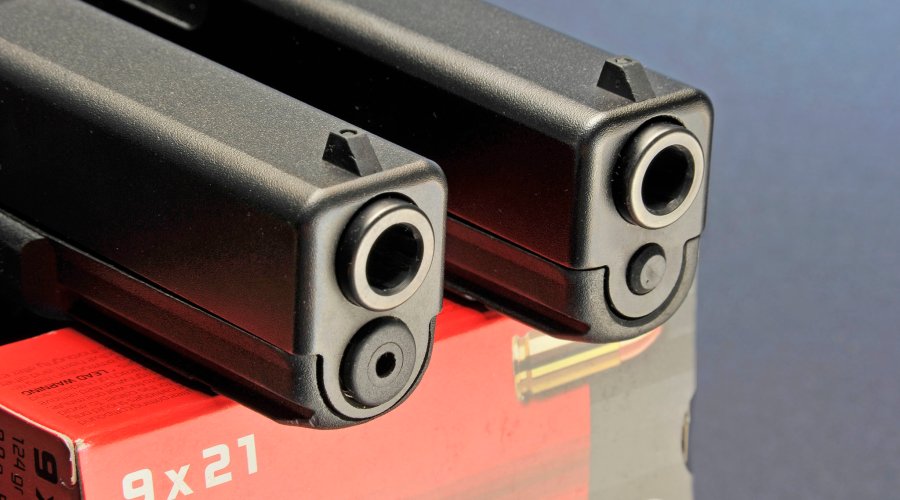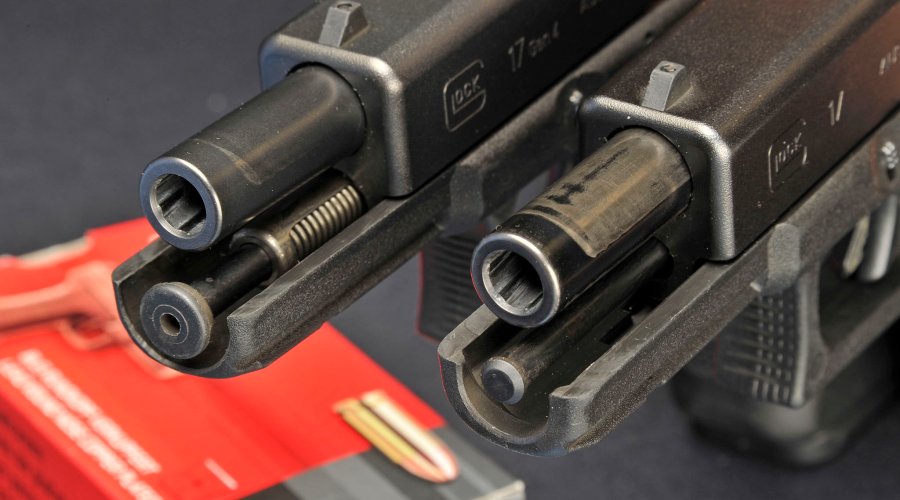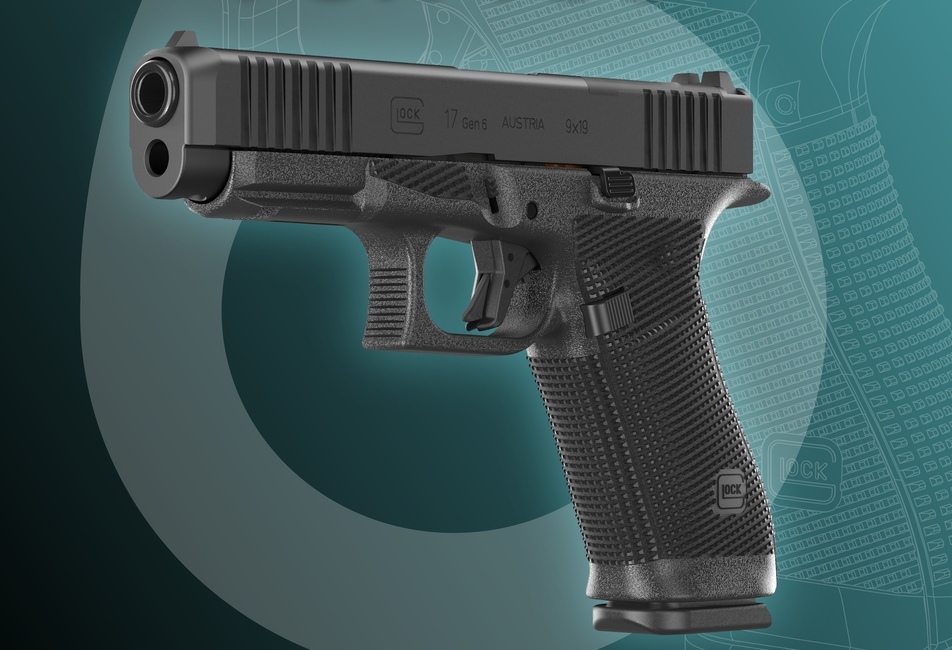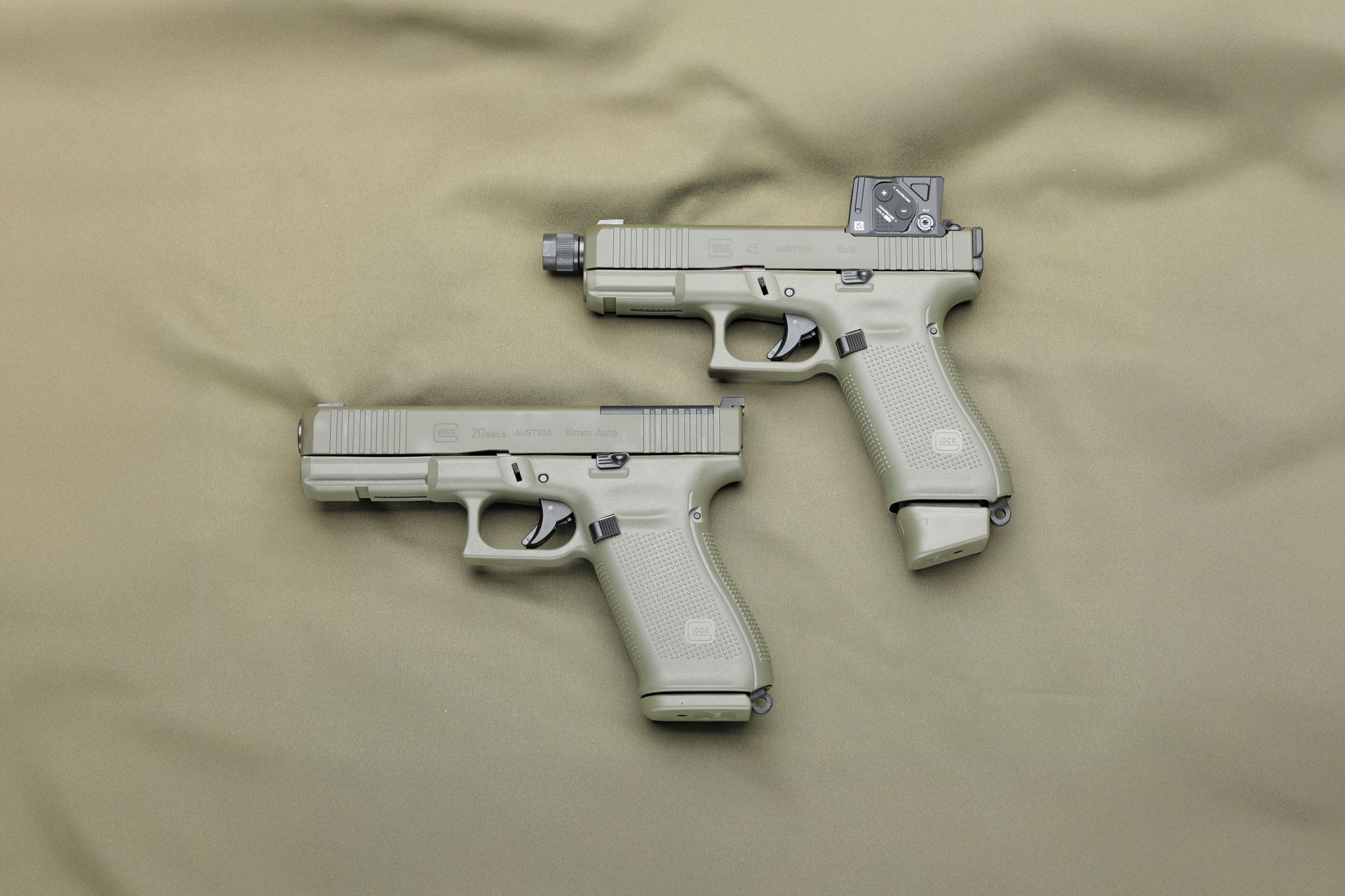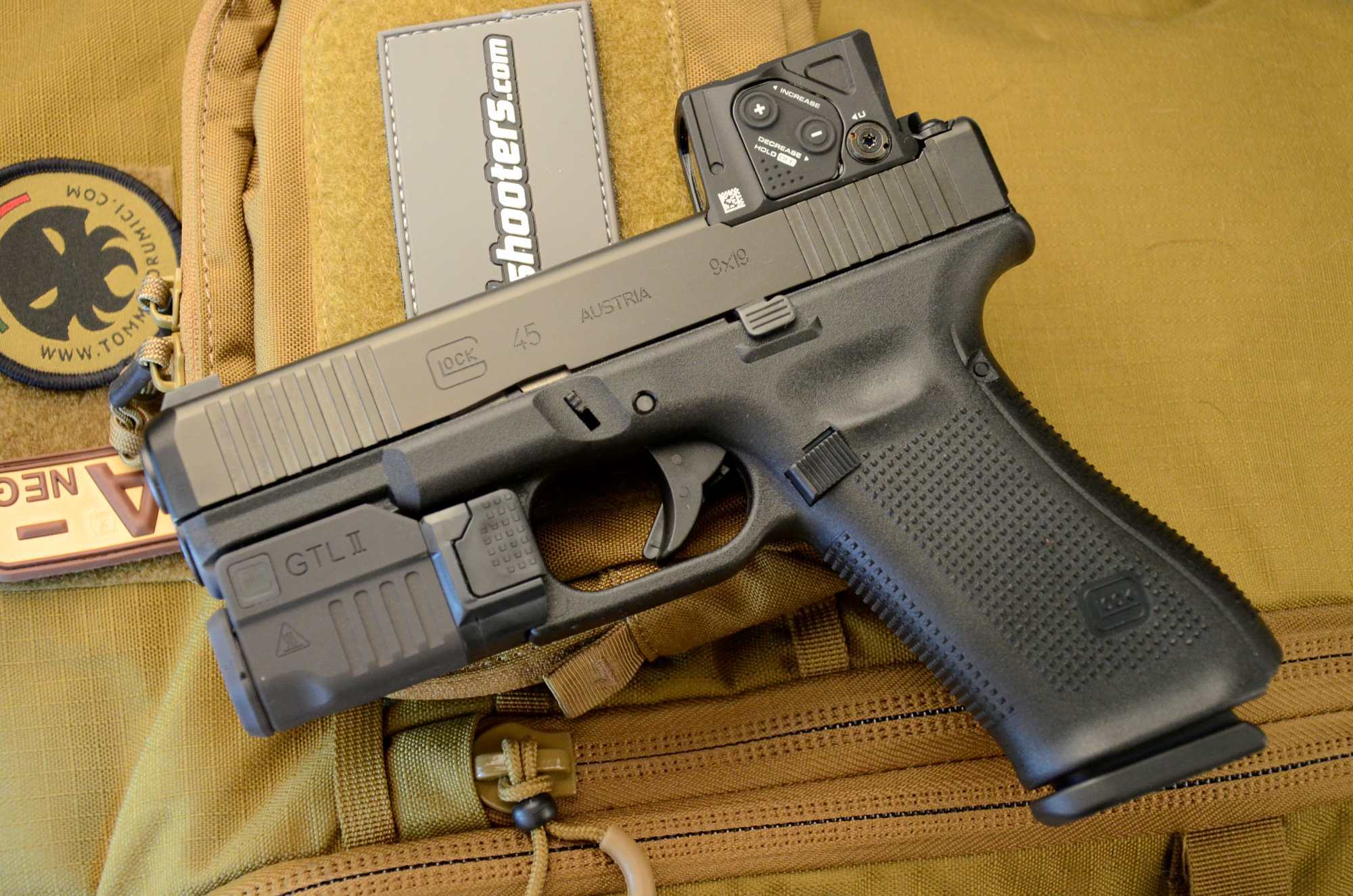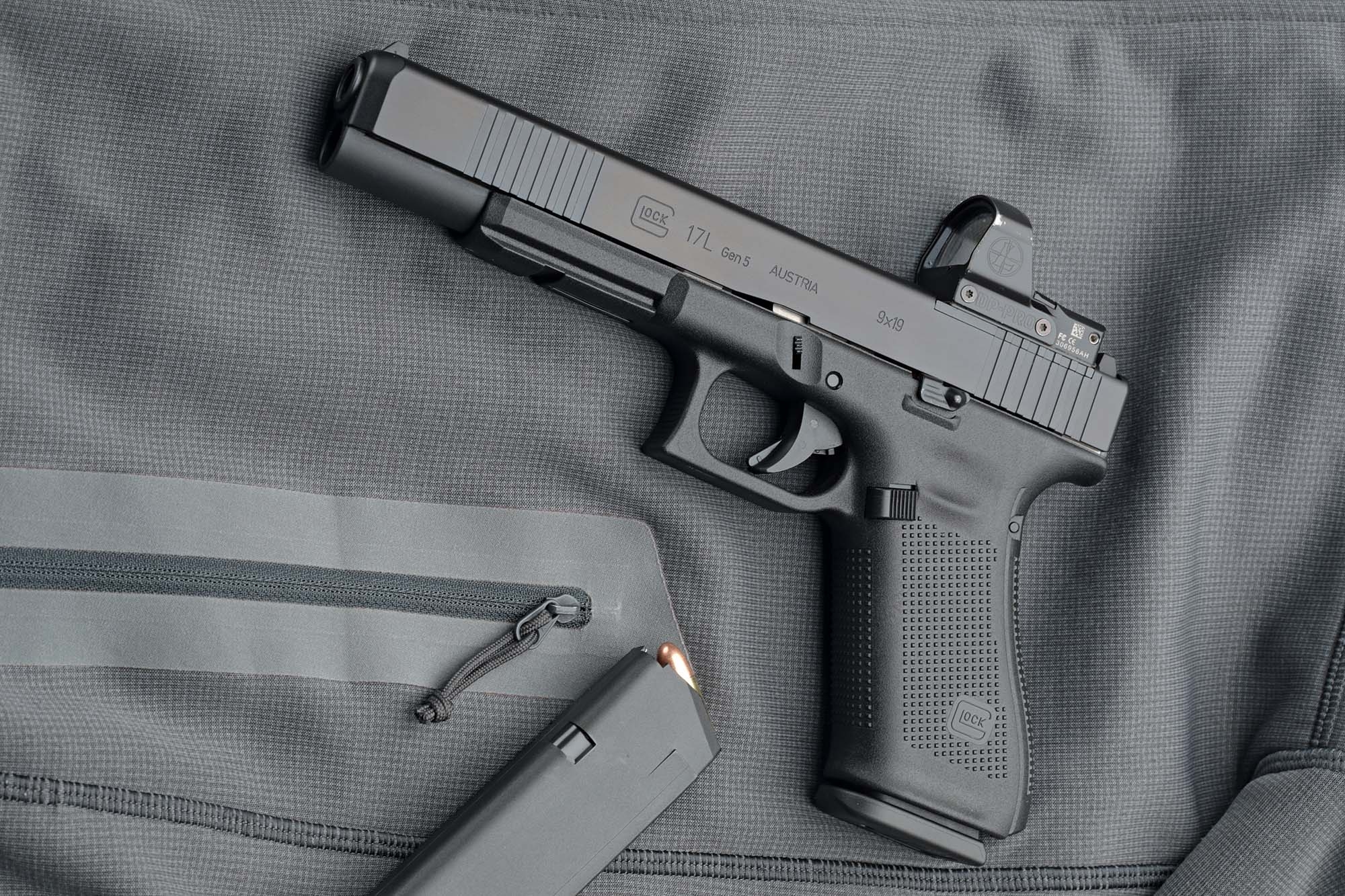An expedient to protect the Glock patents, which were expiring, finally leaving the competitors new room for action? Or the fourth Glock generation really brings innovations?
The introduction of the Glock 17 semiautomatic pistol about thirty years ago represented a real revolution in the duty and service handgun world: a Polymer frame, striker firing mechanism, a semi-continuous double action trigger, and only automatic safeties were features that had never been seen previously all together.
Moreover, the handgun was built by a company that had absolutely no previous specific manufacturing experience and despite this, worked flawlessly.
After many years, we can say that the Glock has since defined a reference standard to which basically every other gun manufacturer in the world has been forced to be compared with. Today, the Austrian gun’s features are extensively copied; to the point that world leading manufacturers have modified their top models to look like it as much as possible: recent examples include the Walther CCP, the SIG P320 and the Heckler & Kock VP9!
Since its introduction, the Glock pistol also featured a series of improvements, and while most may seem like smaller adjustments, many other are quite substantial, both to the frame and to the pistol’s internal mechanism, which makes it possible to talk about "generations".

The first Glock had a polymer frame sporting a plain, rounded dust cover (the part in front of the trigger guard that covers the recoil spring), with a grip that had its side panels only slightly roughened with the texture wrapping around the front and back strap, which were straight in shape.
The main recoil spring and guiding rod were separate, magazines were built completely out of plastic and the barrel had a thinner profile (also known as “pencil barrel”) compared to later models. This “First Generation” was available for a short number of years, but is still today featured in many American movies and television series..

In 1988, the “Second Generation” Glock was introduced: the grip had slightly raised side panels with the same texture as the previous generation, but the, still straight; front and back straps sported a deeply engraved squared checkering.
The magazines now featured a metallic “skeleton” over which the polymer was molded, significantly improving feeding; the barrel wall thickness was increased, the main recoil spring and guiding rod were assembled together in a “captive” configuration and the rear slide guide length was increased. The serial number on the frame was etched on a metal plate molded in the polymer frame (a few of the first Second Generation pistols do not have the metal serial number plate).
After a while, a third cross pin appeared in the handgun, to better support and distribute the energy transmitted to the polymer frame by the locking block, originating the “three pin system”, since then unmodified and still in use today.
In the Nineties, small updates had been made to the trigger mechanism and the “square” extractor was replaced by the 15 degree slanted version. In 1996, the Third Generation Glock appeared, still in production, commonly christened “Gen 3”.
The front strap of the Gen 3 pistol gains an ergonomic, ridged profile, with finger grooves; just above the grip’s side panels on the frame, ambidextrous thumb rests appear to guide the hand in a correct shooting position and the rear slide guides return to their original shorter length.
Shortly afterwards, the Glock pistol is updated with a new extractor with a loaded chamber indicator and an accessory rail molded in the dust cover to hold flashlights or laser aimers: this slightly updated configuration is the “true” Gen 3 Glock, while the preceding model is sometimes called the “Gen 2,5”.
The Gen 3 is the longest running Glock, but time inexorably goes by and the pressure from the competition increases constantly, so the Austrian manufacturer tries to adapt to the new trends, with a couple updated models that enjoy little success.

The first update introduces an ambidextrous magazine release, which is prone to malfunction and additionally is incompatible with the previous magazines. The second update, in 2009, is the introduction of the model known as RTF2 (Rough Textured Frame 2), featuring a grip covered with a new checkering texture made of tiny and very sharp, needle-like cones and a new scalloped slide serration design: personally we called it the “bed-of-nails Fakir version”, everybody else calls it the "Gen 3,5”.
In 2010, the real Glock Gen 4 model was presented, with the Austrian manufacturer acknowledging the, up to then, unofficial Generation naming custom to the point of actually engraving it on the side of the handgun’s slide next to the model number. The Gen 4 pistol introduces many new groundbreaking features.
Glock Gen3 vs Gen4 pistols: What are the differences?
The frame designed for the Glock 19 4th Gen handgun is smaller than that of the Glock 19 Gen 3. While longitudinally smaller, adding the interchangeable backstraps for the grips creates a weapon that ergonomically fits a more extensive range of shooters' hand sizes.
Comparison: Glock 19 Gen 3 vs. Gen 4 dimensions:
- Overall Length: Gen 3: 7.36-inch. Gen 4: 7.28-inch.
- Slide Length: 6.85-inch.
- Overall Width: 1.26-inch.
- Slide Width: 1-inch.
- Height (including magazine): 5.04-inch.
- Line of Sight (Polymer): 6.02-inch.
- Trigger Distance: Gen 3: 2.80-inch. Gen 4: 2.76-inch.
The outward appearance and esthetics of the handgun does not change much; the RTF2 checkering texture on the pistol grip changes to a less aggressive pattern, called RTF3. This new checkering improves grip and at the same time is comfortable in long shooting sessions at the range without gloves. Serrations on the slide return to the straight design.
On the Gen 4, the outstanding innovations are essentially two: a new recoil spring structure, and the possibility to add on the pistol’s back strap two different removable inserts to customize the grip size to the shooter’s hand. These two changes alone have caused the non-interchangeability of the main components with the previous models.
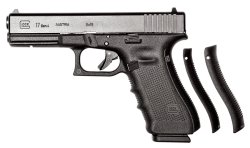
The new recoil spring, for example, is telescopic: two coaxial spring elements are assembled together with a smaller, central guiding rod and a larger tube (similar to the recoil spring assembly previously used in the super-compact models of the Glock) and its diameter is significantly larger than the spring used in the previous Generations.
This required the modification of the front part of the slide, to accommodate the bulkier dual spring guide rod, and a different configuration of the frame front portion, wider and internally larger.
To adapt the pistol grip size to different hands, Glock devised an interesting concept: the Gen 4 frame grip is smaller than the previous generations, and the back strap new shape allows mounting one of two additional interchangeable inserts, increasing the trigger distance. The fact that the frame is basically shorter longitudinally also causes the trigger housing to be accordingly sized, therefore incompatible with previous generation pistols.
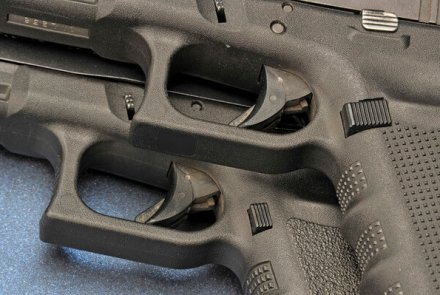
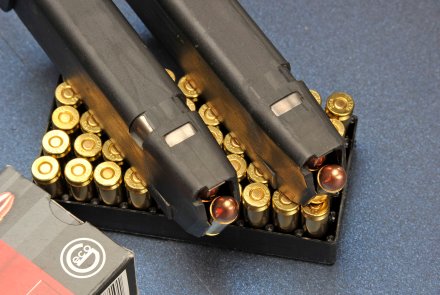
The Gen 4 also introduces a new and redesigned ambidextrous magazine release system, that is now extremely reliable; of course, backwards compatibility is also lost, and although Gen 4 magazines can be used in previous generation pistols, the opposite is impossible.
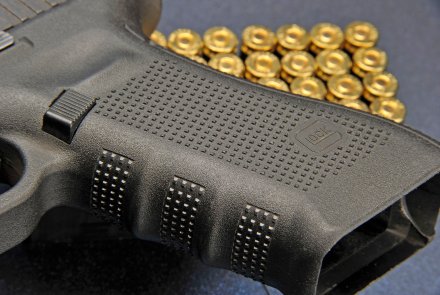
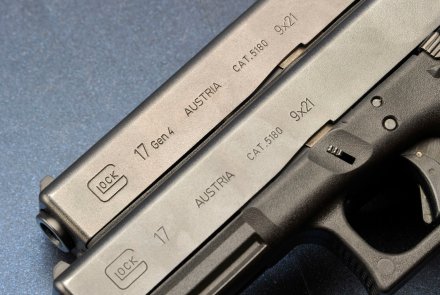
Most of the smaller parts remain unchanged: only for the Compact models (G19, 23 and 32), both the locking block and the spring loading the disassembly lever have been updated.
Notice that the slide and barrel finish are different, the Tenifer surface treatment has been replaced by a similar process that is faster and safer to apply and is reportedly much friendlier to the environment. The color of the metal surfaces of the Gen 4 are also different, being a lighter and somewhat duller grey.
Glock Gen4 - The reasons
The ambidextrous magazine release and the interchangeable back straps are obviously a response to the competition, especially to the M&P handgun line by Smith & Wesson, that can also boast the classical quote “Designed and built in the USA”.
We must remember that Glock’s main market are still the United States, where, especially in Law Enforcement, the most popular caliber is the .40 Smith & Wesson, a cartridge that gave a lot of troubles to many Glock models.
A close examination of the latest Gen 3 pistols shipped and all of the Gen 4 production reveals that a very through optimization of the design has been specifically carried out for this caliber.
With the new Dual Recoil Spring assembly, Glock managed to solve, or at least mitigate, a problem that affects all its .40 Smith & Wesson chambered handguns: early frame failure due to strong recoil and the pressure spike peculiar to this caliber.
Matter of fact, the previous models G17 e G23 were essentially the same gun, but with a different barrel and slight modifications to the breech face of the slide to accommodate the larger cartridge.
The recoil spring was the same, correctly dimensioned for 9mm energies and not for the much different .40 Smith & Wesson ammunition, yielding higher slide speeds with harsh impacts at the end of its travel against the frame. These translated into high residual energies transferred to the polymer frame, and an uncomfortable shooting experience.
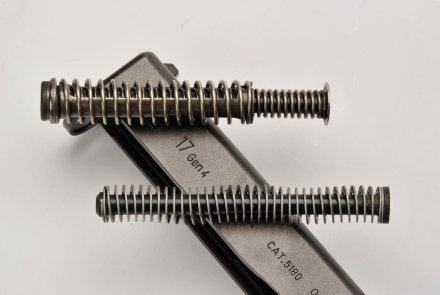
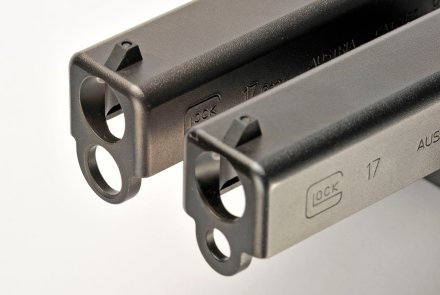
The new Dual Recoil Spring assembly absorbs better the harsh initial spike and generally higher energies of the .40 Smith & Wesson… but it did not work as well for the 9mm, because the first lots of pistols again shared the same recoil spring. The idea to use the same spring for both calibers (9mm and .40) once again caused problems: if a .40 caliber pistol recoils too much with a 9mm spring, a 9mm pistol with a .40 caliber spring may have reliability issues. And, that is exactly what happened, casting a doubt over the reliability of the new handguns, at least until Glock made the decision to introduce a specific recoil spring dimensioned for the 9mm caliber and offering a free replacement program for all the current owners of 9mm Gen 4 pistols.
Even with this new recoil spring, the 9mm pistols could exhibit a softer and somewhat slower spent case extraction compared with the previous generation guns, and it was not uncommon to hear complaints in regards to ejection problems, such as stovepipes, cases not clearing the ejection port, and so on.
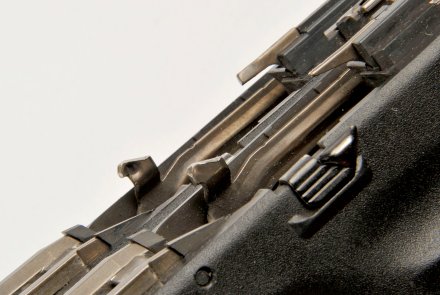
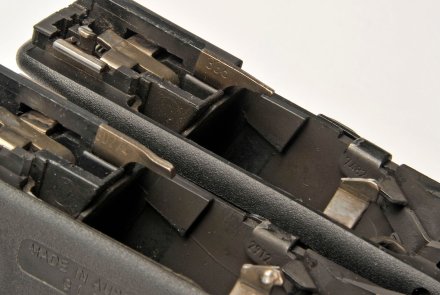
The cause appears to have been located in the new shapes and measurements of the Extractor, Ejector and the profile of the ejection window, all with subtle changes that added together have resulted in these problems.
Again, most of these problems were promptly solved adopting a new Ejector, shorter and with a more slanted profile, that is included in every new Gen 4 pistol and that seems to have brought back the Glock pistol to the almost legendary levels of reliability that were at the base of the gun’s success. The new part carries the Part no. 30274 and it seems that it performs miracles even on the most recent Gen 3 models, which feature the same slide design and build.
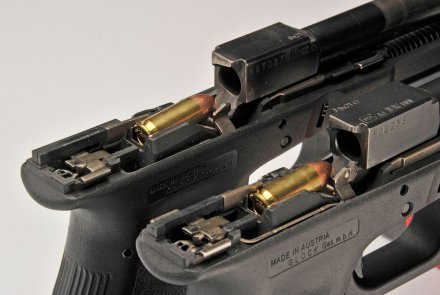
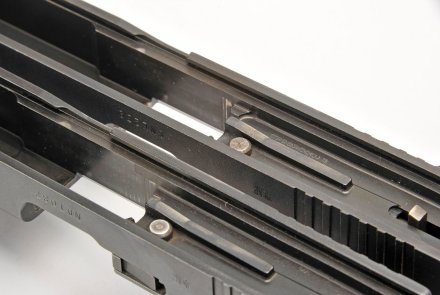
We mentioned that Glock manufactures and sells both Generation 3 and 4 handguns. Why keep both lines commercially available? We can only speculate on the reasons.
First of all, Glock has many tenders, contracts and commercial agreements with Government Agencies that maybe even purchased large stocks of spare parts and may not accept a different and incompatible model as replacement.
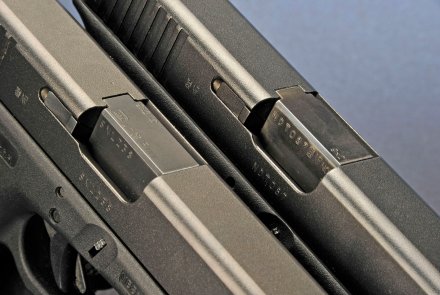
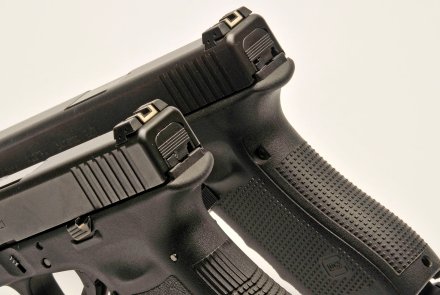
Second, there is the problem with specific States, such as California, that allow only handguns that have been certified for sale by an official authority - in California’s case, by the Department of Justice - and certification takes quite a long time: as of summer of 2014, no Gen 4 Glock handguns have been approved for sale in California. If Glock manufactured only Gen 4 pistols, it would lose all sales in those States overnight.
Third, and last, regards the public, like me and you: Gen 4 pistols, undeniably did not start on the right foot, and still today there are many customers feeling uncomfortable choosing the unknown path, therefore preferring a Gen 3 pistol… not realizing that the newest Gen 3 production is very similar to the Gen 4 guns.

Choosing between Glock Gen 3 and Glock Gen 4 models:
So, what do we choose? We cannot give an unbiased answer, but there are at least two types of shooters who would benefit from the Gen4 new features: left-handers and die-hard fans of the .40 Smith & Wesson caliber. For all the others, it’s just a matter of taste and feeling with the old or the new gun.

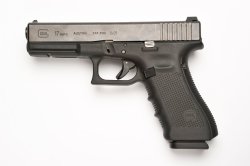
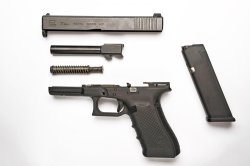
Components which are different and non interchangeable between GEN 4 AND GEN 4 Standard and Compact Glock Models
Available calibers: 9mm, .40 S&W and .357 SIG (G17-G22,G22-G23, G31-G32)
Frame: the dust cover features a wider channel to accommodate the larger Recoil Spring Assembly
Slide: the front part of the slide features a larger hole to accommodate the bulkier guide rod
Recoil Spring Assembly: the new recoil spring is telescopic and uses two springs, so it’s completely different both in design and size. For those who still believe in a single recoil spring, conversion kits that allow the Gen 3 spring to be used in Gen 4 pistols are available
Trigger Housing: it has been redesigned to be compatible with the new and smaller frame; the connector engagement angle is also slightly different.
Magazine release: larger and it protrudes more out of the frame, reversible
Magazine: if the magazine release has been moved to the right side (left handed shooter), only Gen 4 magazines are compatible
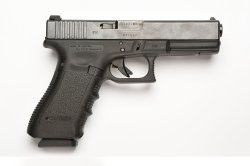
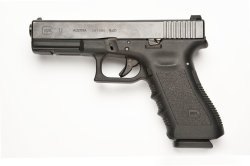
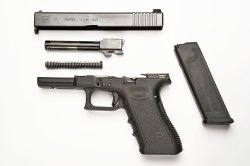
Which technical components are different but interchangeable between Glock Gen 3 and Gen 4
Trigger bar: it features a rounded bump on the part that deactivates the firing pin safety, but it still is perfectly compatible with previous generation guns
Magazine: if the magazine release has not been moved from the left side, any proper capacity magazine ever produced for the Glock can be used
Connector: Due to the different angle caused by the new Gen 4 trigger housing, the connector features a modified angle to preserve the same trigger pull weight of the Gen 3 pistols. However, a Gen 4 connector can be used in a Gen 3, although it will alter significantly weight of pull
Ejector: Gen 4 pistols use new designs (Part no. 30274 for 9mm caliber handguns and 28296 for the ones chambered in .40 S&W) that are compatible with the older guns. Current Gen 3 pistols still use a Part no. 336 ejector; many work flawlessly, but if yours acts up with some ejection problems, with spent brass that falls here and there or even ejected directly in the face of the shooter, replacing the stock ejector with a Part no. 30274 may solve these malfunctions; additionally, an older extractor may be used to improve overall ejection
The problem lies in the fact that the ejector is not sold by itself, but is available only mounted on the Trigger Housing, so a complete housing must be purchased.
